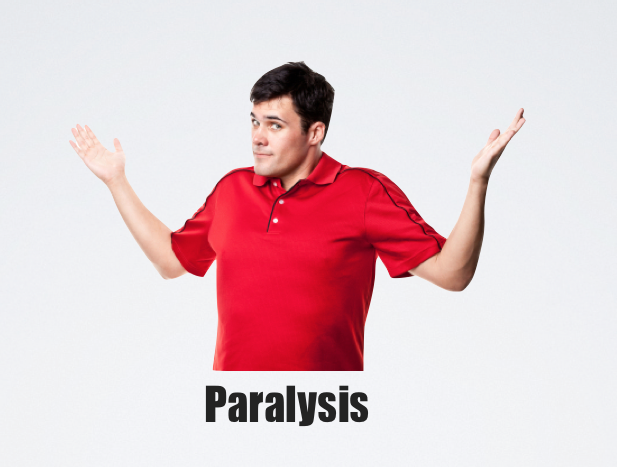
“The world isn’t fair and it’s never going to be so what’s the point of whining about inequality,” so goes the ballad of the paralyzed student. Student paralysis is the second common reaction to discussions of inequality discussed in Nancy Davis’s article Teaching About Inequality Student Resistance, Paralysis, and Rage1. It is easy for a discussion of inequality to turn into a doom and gloom session. Even when you are careful to include examples of positive social change, students can be overwhelmed by the complexity and severity of inequality and throw their hands in the air.
There is also an element of privilege in play here. Privileged students who become aware of their privilege may react by saying, “it has and always will be this way,” because doing so absolves them from feelings of guilt and playing helpless neutralizes any responsibility they may have felt to stand up for equality. Furthermore, playing helpless to inequality allows the privileged to continue enjoying their spoils while helplessness among the unprivileged is a resignation to a life of disadvantage.
Dealing with Paralysis
When students despair they often become fatalistic. They are saying in a sense, “we are screwed. What’s the point of even trying?” In these instances I suggest running with their fatalism. Bounce back with, “you know what you’re right, what is the point? The one thing we always know for sure is that things will always stay the way they are now. We are all victims of our circumstances. Never in history has a disadvantaged group ever fought against the power in society to secure a better life for themselves. We’re doomed, so let’s just call it a day and we’ll pick up on this next time…” Without fail someone in the class will say, “No that’s not right! There are lots of examples of the disadvantaged fighting the powerful.” At this point all you need to do is get out of the way and let the non-fatalistic students teach their fatalistic peers a new way of seeing the world. The beauty of this trick is that you don’t fight against your students despair, but rather you use their logic against itself. Students seem to only want to be fatalistic up to a point.
Structuring Your Class to Avoid Paralysis
Teaching social problems inspires despair. Teaching students social activism inspires them to create social change. All discussions of inequality must be paired with a discussion of what is possible and historical examples of social movements and social change that reduced inequality. When we talk about how powerful political actors use their money and social influence to shape the laws in their favor, I also talk about how a loosely networked group of young people led a successful campaign against big tobacco- who at the time was as entrenched as any political power could be.
In my social problems classes I have them select a social problem at the beginning of the semester and over the course of the semester analyze it’s social causes. The culmination of my social problems class is an assignment that requires my students to carry out some form of social action that creates positive change for the social problem in our community. The students are then free to come up with any solution they can imagine. This forces the students to empower themselves and see that they can create social change. I’ve had students lead letter writing campaigns, create pamphlets on drunk driving and local resources for students dealing with alcoholism, and even had students form a student organization to end human trafficking and slavery. Assignments like these show students what they are capable of and mobilize paralyzed classes.
Footnotes:
1. Davis, Nancy J. 1992. “Teaching about Inequality: Student Resistance, Paralysis, and Rage” Teaching Sociology 20(3) Pp. 232-238.

Comments